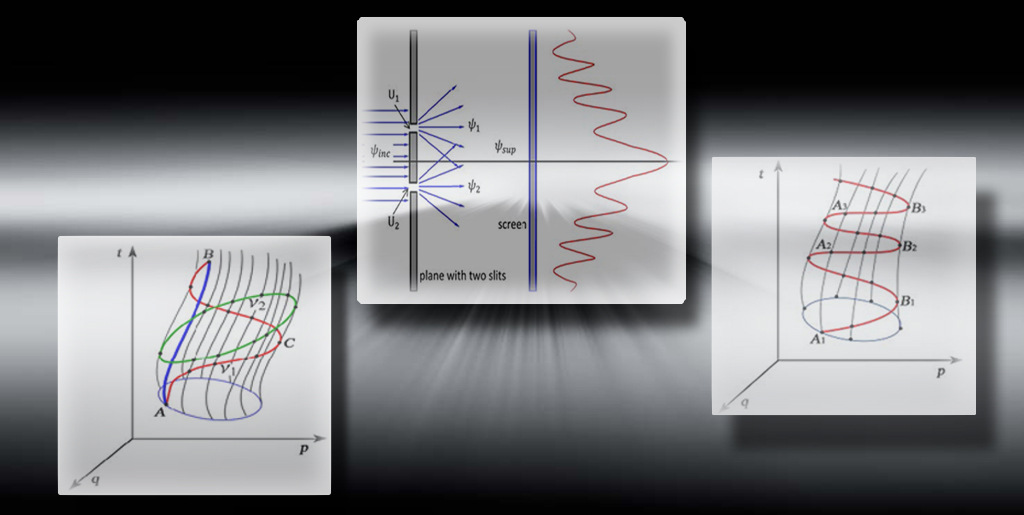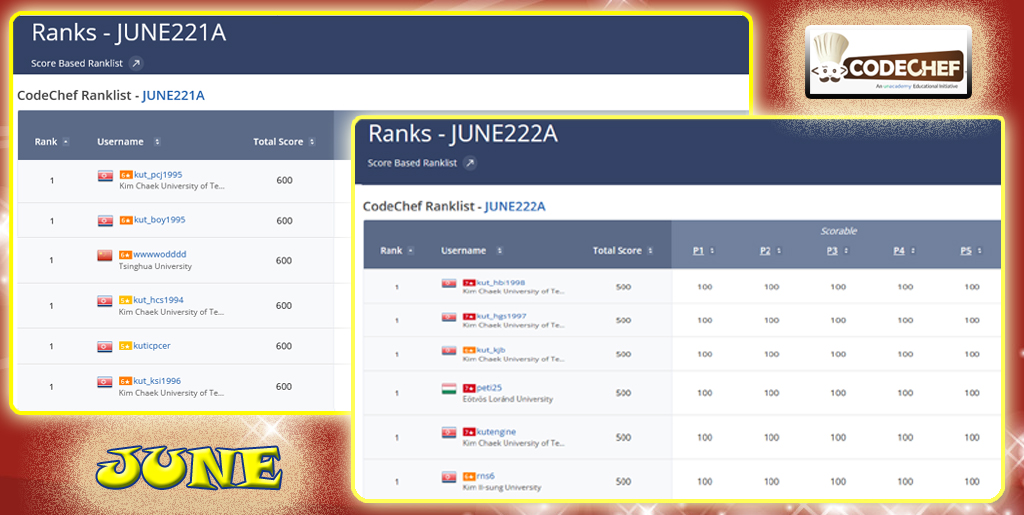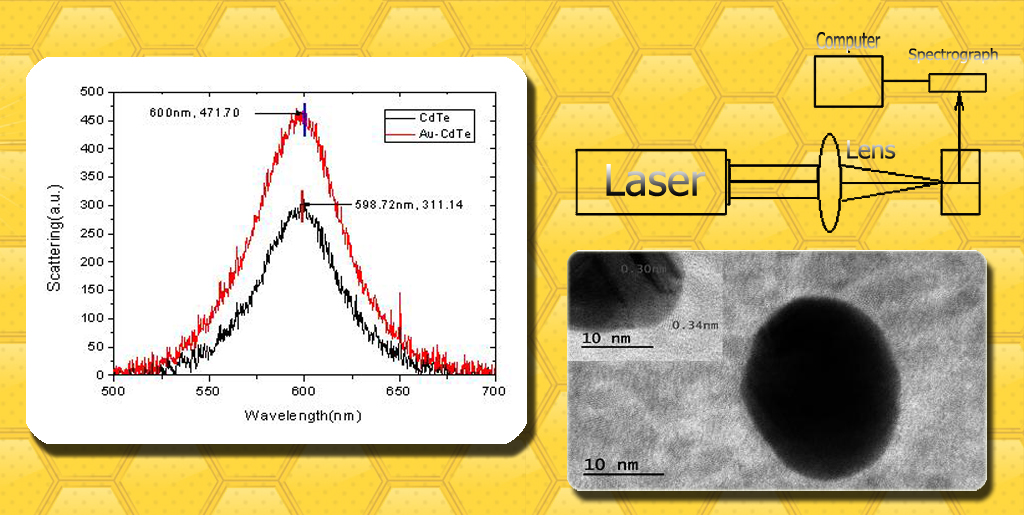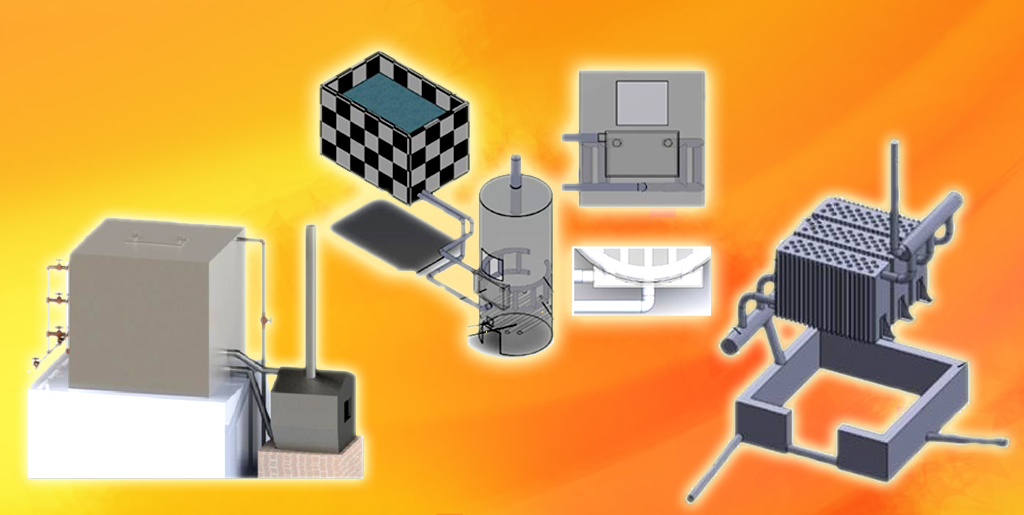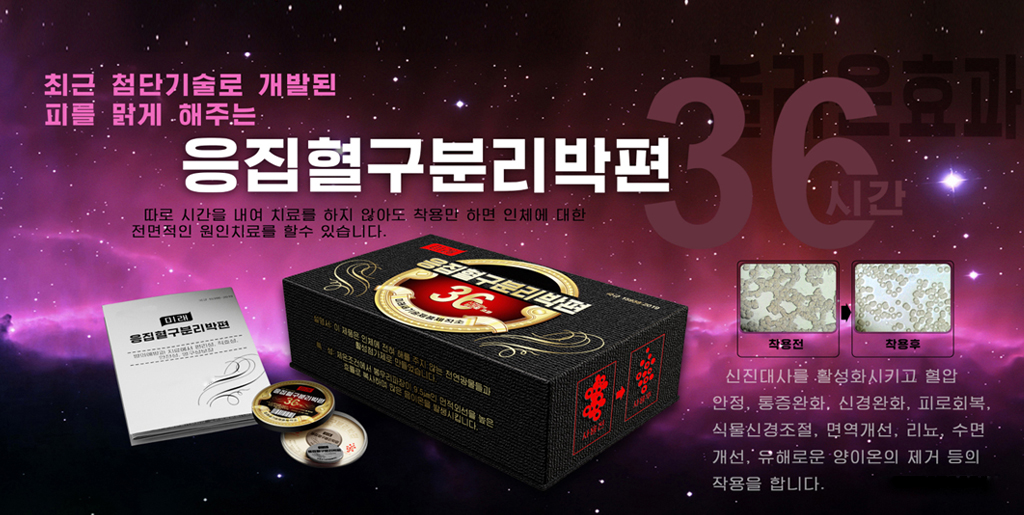Jo Jan 30, 2024
Many practical casting process optimization problems are ascribable to multi-attribute optimization problems with multiple conflicting quality attributes.
Yang Won Chol, a researcher at the Faculty of Materials Science and Technology, has proposed a reasonable multi-attribute optimization and influence assessment methodology of casting process parameters combined with integrated multi-attribute decision making (MADM) and Taguchi method.
The proposed methodology consists of the following steps:
(1) design experiment arrangement based on Taguchi orthogonal array, and measure multiple quality attributes of castings at every experimental trial, (2) calculate comprehensive quality score (CQS) values of the experimental trials using some MADMs, (3) calculate final CQS (FCQS) values of the experimental trials by integrating the CQS values from some MADMs, (4) calculate mean FCQS values of the casting process parameters at different levels, (5) calculate ranges of mean FCQS and influence indices of the casting process parameters, and (6) determine optimal casting process parameters to maximize the comprehensive quality of castings.
To demonstrate its usage and effectiveness, he applied it to one illustration example to determine four optimal casting process parameters such as pouring temperature (PT), degasser amount (DA), holding time (HT) and mould type (MT) for optimizing three quality attributes such as density of casting (D), ultimate tensile strength (UTS) and elongation to fracture (Ef) of A356 Al alloy sand castings.
The proposed methodology could be widely applied to not only casting process optimization but also various advanced manufacturing process optimization problems.
For more information, you can refer to his paper “Multi-attribute optimization and influence assessment methodology of casting process parameters combined with integrated MADM and Taguchi method” in “The International Journal of Advanced Manufacturing Technology” (SCI).
...
Jo Jan 26, 2024
Redox flow battery (RFB) is an electrochemical device that stores and releases energy through redox reactions of active ion species in electrolyte. The main advantage of RFB over other electrochemical devices such as lead acid battery and lithium ion battery is that the power system could be made very flexible because of the independence of its power from its energy and that its cost per energy in high-capacity systems is particularly low.
Up to now, there have been developed many kinds of RFBs and they have anolyte and catholyte containing different active ion species. An ion selective membrane is introduced to prevent the active ion species from mixing. During charge and discharge, the anolyte and the catholyte are cycled through their own reservoirs by using pumps, respectively. Examples of RFBs include all-vanadium series, iron-chromium series and bromine-polysulfide series. The ion selective membrane for these RFBs is very expensive and should satisfy very strict requirements for several aspects including ion selectivity, electric conductivity and chemical stability. For this reason, recent works are targeted to using no membranes.
SLFB is acknowledged as a promising battery and it attracts attentions of researchers because it needs no membrane and is cheap. Unlike RFBs, SLFB does not require any ion selective membranes because both the anolyte and the catholyte are the same. Hence, SLFB possesses only one electrolyte reservoir and one flow canal, thus making its design simple. Moreover, electrolyte cross through the medium of diaphragm never exists and the possibility of electrolyte leaking diminishes because of a small number of cell components.
Kim Ju Song, a researcher at the Faculty of Chemical Engineering, has suggested HBF4 and Pb(BF4)2 as the electrolyte of SLFB because it is commercially favorable with a low cost and has a high solubility of lead and conductivity compared to the methylsulfonic acid (MSA), and he has investigated the availability of fluoroboric acid and lead fluoroborate prepared with recovered lead as the electrolyte of SLFB.
He first measured the average cell efficiency, average quantum efficiency and average voltage efficiency of the SLFB using lead fluoroborate prepared with recovered lead. Then, he compared them with those of conventional MSA electrolyte. As many as 30 times of charge/discharge tests showed that the average cell efficiency, average quantum efficiency and average voltage efficiency of the recovered lead electrolyte are much better than the efficiencies obtained in methylsulfonic acid electrolyte, and that the average charge/discharge efficiency was 87 % and there was no significant decrease in the performance during charge/discharge cycles, thus proving the availability of electrolyte prepared with recovered lead for SLFB.
You can find the details in his paper “Electrochemical properties of electrolyte for lead fluoroborate redox flow battery prepared with recovered lead” in “Journal of Saudi Chemical Society” (SCI).
...
Jo Jan 25, 2024
Some quality indices such as Q, QR, QC and Q0 have been used to evaluate quality level of cast aluminium alloys based on tensile mechanical properties. Quality map has been used to intuitively evaluate the quality level based on quality indices.
They can show quality levels according to tensile properties, but cannot directly show quality levels according to artificial aging heat treatment conditions.
Yang Ji Yon, a student at the Faculty of Materials Science and Technology, has proposed a method to develop a comprehensive quality index and map of cast aluminum alloy according to artificial aging heat treatment conditions by order preference by similarity to ideal solution (TOPSIS) and multiple regression analysis. She has also proposed a method to determine reasonable artificial aging heat treatment conditions by the extremum principle and grid search method. On this basis, she wrote a program for the proposed method by MATLAB.
To illustrate the effectiveness of the proposed methods, she applied them to the cast aluminum alloy A357.
The proposed methods and MATLAB code could be widely used to evaluate the comprehensive quality level of all other cast aluminum alloys, and to select and optimize their reasonable heat treatment conditions.
You can find more information in her paper “Comprehensive quality index and map of cast Al alloys according to artificial aging heat treatment conditions using TOPSIS and multiple regression analysis and determination of reasonable heat treatment condition” in “Proc IMechE Part C: Journal of Mechanical Engineering Science” (SCI).
...
Jo Jan 24, 2024
A flexible temperature sensor plays an important role in some modern engineering applications such as temperature measurements of curved surfaces or interlayer structures with narrow gaps in industry equipment (e.g. iron cores of generator, motor and transformer).
Platinum is generally used for metallic film temperature sensors owing to its high accuracy and stability, but it is expensive. Several kinds of metallic materials like copper are also occasionally used for special temperature measurement and other temperature measurements that involve not so high accuracy.
Recently, copper film temperature sensors are widely utilized for measurement of temperature in industry instead of platinum sensors because the design of the former based on PCB technology allows cost-efficient fabrication, easy handling, and simple retrofitting and replacement. But, the defects existing on PCB leads lower its performance and stability.
The lethal defects can be divided into two types; one is disconnection and the other is fall. Disconnection leads to reduction in fabrication yield of sensors and fall results in decrease in their stability and lifetime. Therefore, it is important to avoid the defects on PCB leads.
Pak Son Guk, a section head at the Semiconductor Institute, has proposed a new layout design of a sensor to avoid the defects.
The new layout design with addition of detour leads guarantees the yield of almost 98%. The sensor was tested for a long time of 3 000 hours at 150℃. The deviation rate of resistance of the sensor is less than 0.1%, TCR 4.1×10-3℃-1 and the maximum current 10mA.
...
Jo Jan 23, 2024
Barbell’s trajectory and other kinematic properties such as velocity and acceleration are the most important parameters for weightlifting technique, so they have been investigated by several researchers.
Because weightlifter’s bad motion could cause certain variation in barbell trajectory, studies on optimizing the barbell trajectory have been conducted.
Some optimization algorithms including genetic algorithm and optimal control theory were applied to optimization of barbell trajectory during snatch lift with optimization parameters defined as the sum of actuating torques of all joints. What is more, previous works were limited to 5 segments without considering the head of a lifter’s model and to adoption of statistical data for physical properties of human body.
Jon Min Hyok, a researcher at the Faculty of Shipbuilding and Ocean Engineering, has developed a kinematic model of 6 segments and proposed a method for optimization of barbell’s trajectory based on the kinematic model.
The six segments are shin, thigh, trunk, upper arm, forearm and head which accounts for about 10 percent of body weight and is considered as one segment of one degree of freedom. He obtained the physical properties of the model such as mass, barycenter and inertia moment of every part of body from anthropometry, not statistical data, which were used to make a model by Solidworks and calculated. In addition, for optimization of barbell trajectory, he formulated an optimal control problem so that the actuating torques of joints are minimized and solved it by Pontryagin Maximum Principle (PMP).
The results obtained by the proposed method are in good agreement with ones given by analysis of lifter’s actual performances, so it will give help with weightlifting training.
...
Jo Jan 20, 2024
Statistical data mixed with qualitative and quantitative indices are usually prepared for object identification. In the medical field, qualitative indices such as pathological complaints and quantitative indices such as laboratory tests are often given together, so it is very important to make a discriminant for diagnosing a patient’s disease properly.
To date, no method has been developed to produce a discriminant in the presence of both qualitative and quantitative indices.
Kim Ju Hyong, a researcher at the Faculty of Biology and Medicine Engineering, has proposed a new method of object identification from statistical data with both qualitative and quantitative indices.
He has applied the method to diagnosis of hundreds of diseases ―cerebral apoplexy, autonomic imbalance, carcinoma in stomach, liver, colon, lungs, women and nose, acute abdomen symptoms, cardiopathy, cryptogenic gangrene, caput external stroke, etc.
The results confirmed that his method has high possibility of producing a more reasonable discriminant by performing iterative calculations considering the degree to which qualitative and quantitative indices contribute to the discrimination, and that it is a simple and widely used method for diagnosis of medical diseases from both indices.
...


